Hi-Fi Hall of Fame
Business Inductee
Stereo Review Magazine

Introduction
Stereo Review was a popular American magazine focused on Hi-Fi equipment and music reviews. It was first published in 1958 by Ziff-Davis Publishing when it was called “HiFi & Music Review”. Over the years, the magazine became well known for its comprehensive coverage of home audio equipment, including amplifiers, speakers, turntables, and other components, as well as reviews of music recordings.
The magazine was aimed at audio enthusiasts, hobbyists, and consumers interested in high fidelity sound systems. It provided detailed technical analysis and reviews of audio equipment, as well as recommendations and tips for getting the best audio experience at home. The reviews often included measurements, specifications, and subjective assessments of the sound quality.
During it’s 40 year run, Stereo Review had a significant influence on the Hi-Fi industry and helped shape consumer perceptions of audio equipment and music.
Key Facts
| Format | Monthly magazine aimed at Hi-Fi enthusiasts |
| Publishers | Ziff-Davis CBS Magazines |
| Publication run | 1958 to 1999 (40 years) |
| Induction to the Hi-Fi Hall of Fame | August 2023 |
Stereo Review: Evolution
Stereo Review magazine was first published way back in February 1958 when it was titled “HiFi & Music Review”. That first issue was 124 pages long and cost 35 cents on the newsstand. It had articles on how to talk to your Hi-Fi dealer, a primer on a newfangled technology called “stereo”, and how to care for your record collection. There were lots of stories about music and musicians, and advertisements from manufacturers such as McIntosh, Heathkit, and Fisher.

That first issue included some equipment tests (loudspeakers from Eico and Wharfedale, and a phone cartridge from General Electric). Readers also got to enjoy a cartoon from Charles Rodrigues (more on him later).
A year later, the name was changed to HiFi Review. The January 1959 issue cost the same 35 cents, and, despite the name change, included articles on both Hi-Fi equipment and music. There were reviews of the Heathkit W-7M amplifier and General Electric FA-12 tuner, and advertisements from Altec, Janszen, and JBL.
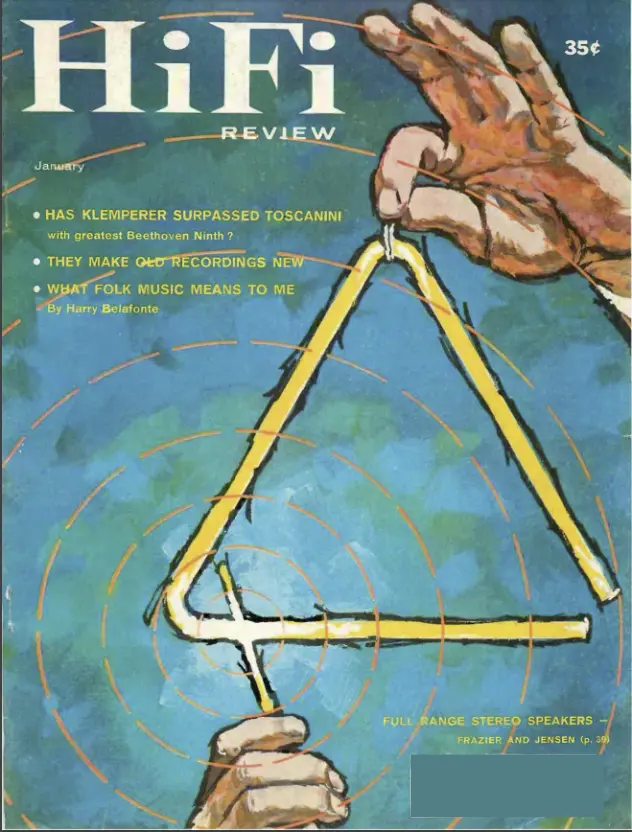
By 1961, stereophonic technology had become very popular and so the name was changed again to “HiFi/Stereo Review”. That first issue cost 50 cents and was 108 pages long: that’s a lot of content! There was an article describing the technical superiority of FM (Frequency Modulation) over AM (Amplitude Modulation) for radio listening, and another article discussed the inevitability of “transistor” technology in Hi-Fi equipment, as most equipment at the time used vacuum tubes. That issue, for some reason, didn’t include any equipment reviews.
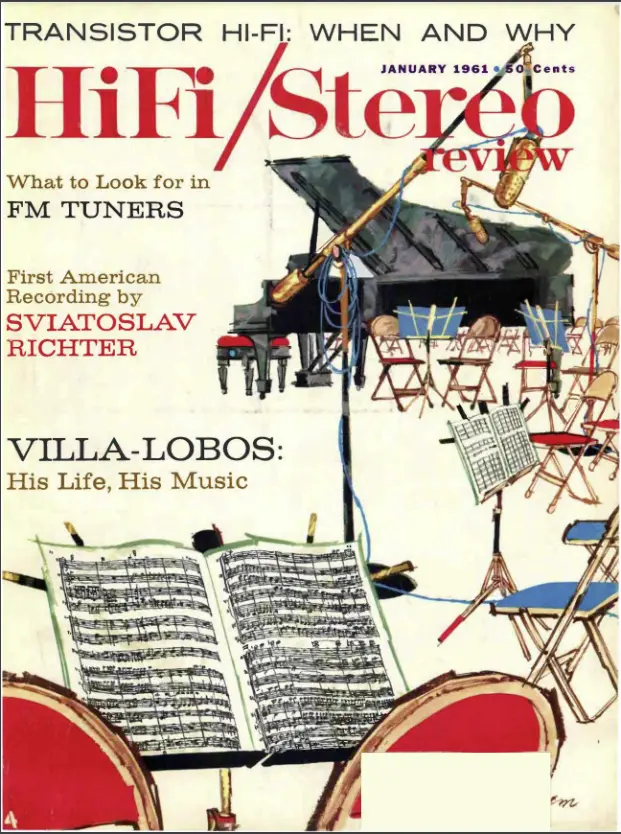
In 1968 the name changed again to become “Stereo Review”, reflecting the broad shift to stereophonic reproduction and simplifying the title. That first issue under the new banner was published in November 1968, cost 60 cents, and included 160 pages of material. There were advertisements for Dual turntables, Empire speakers, and Pioneer receivers, and technical reviews for the TEAC A-6010 open reel recorder, Sony TA-2000 preamplifier, and Grundig RTV-600 tuner.

The magazine was acquired by CBS Magazines in the late 1980s, although readers likely did not notice any difference in content or style.
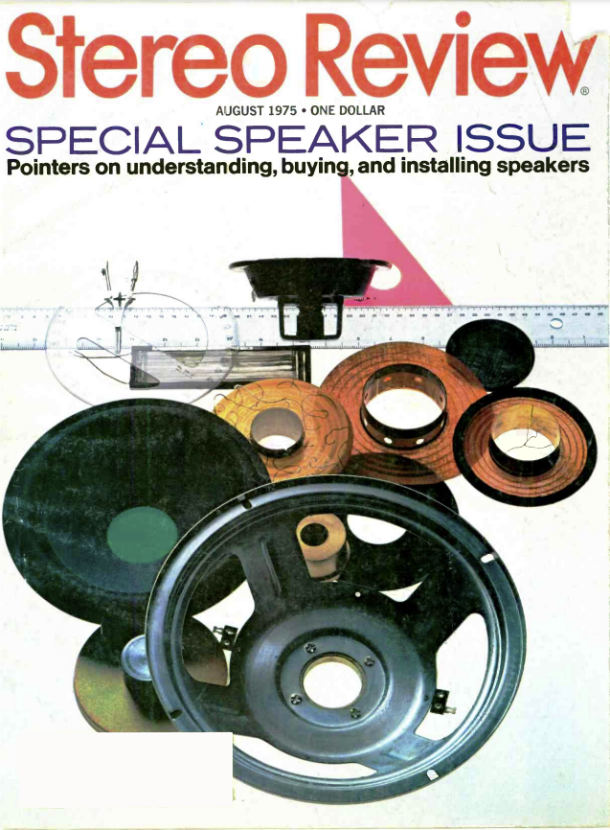
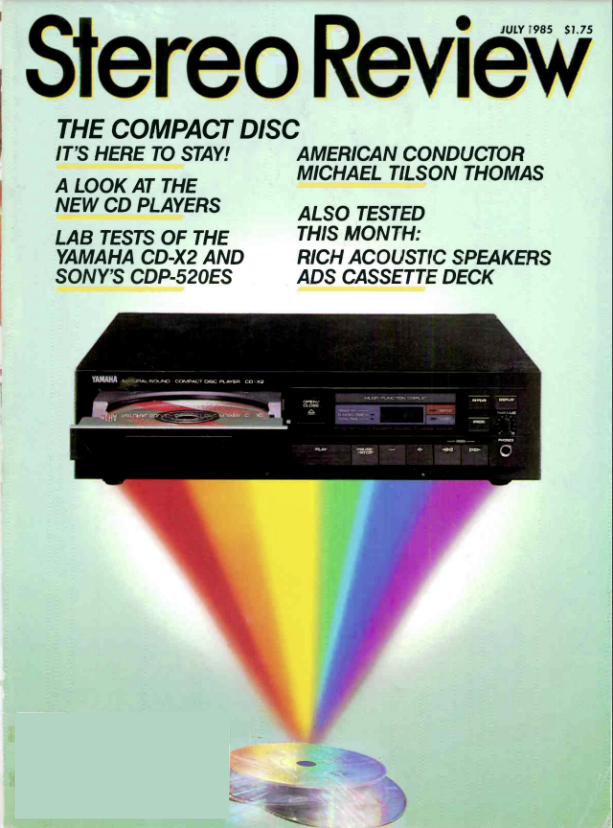
Occasionally, Stereo Review (and it’s predecessors) would publish a special “Buyer’s Guide” which was an encyclopedia of all the latest Hi-Fi equipment.

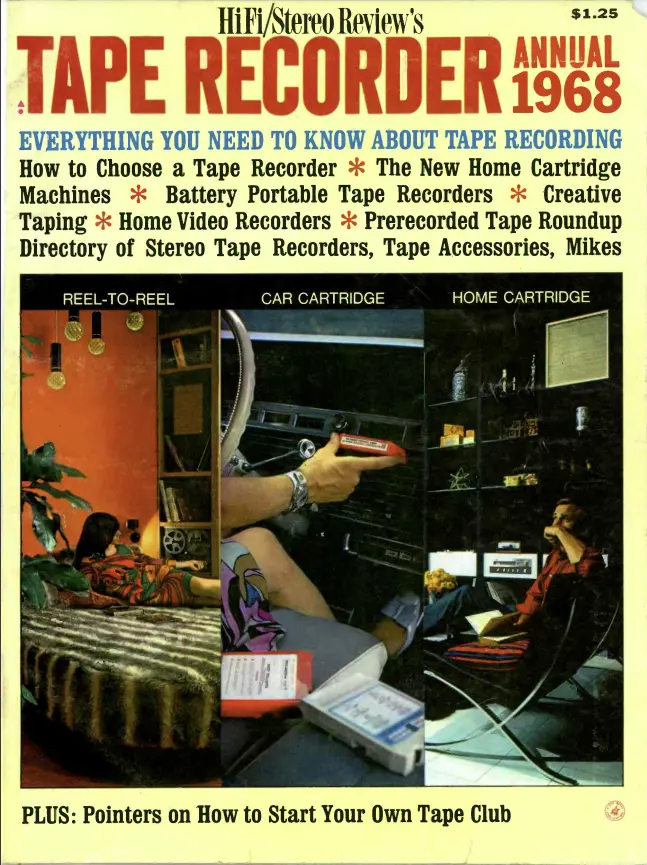
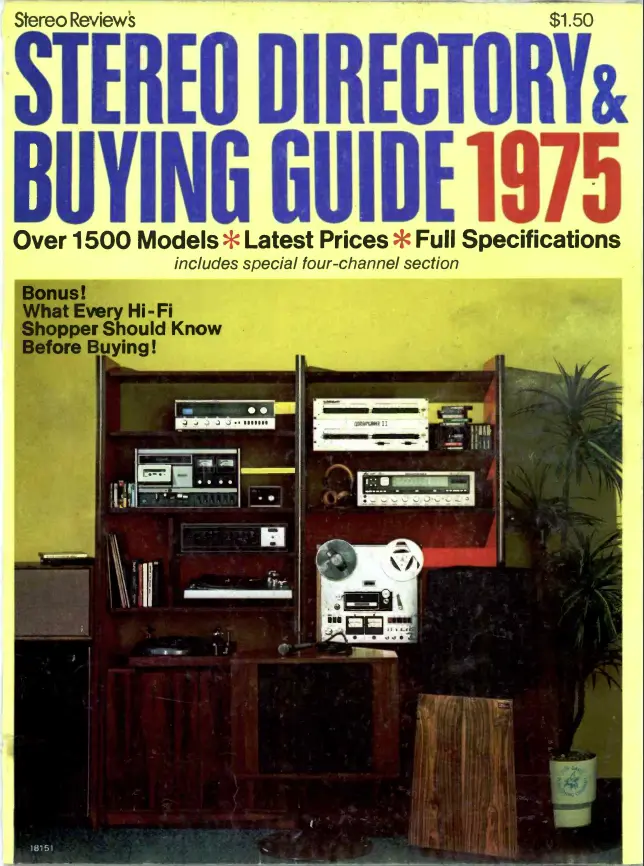
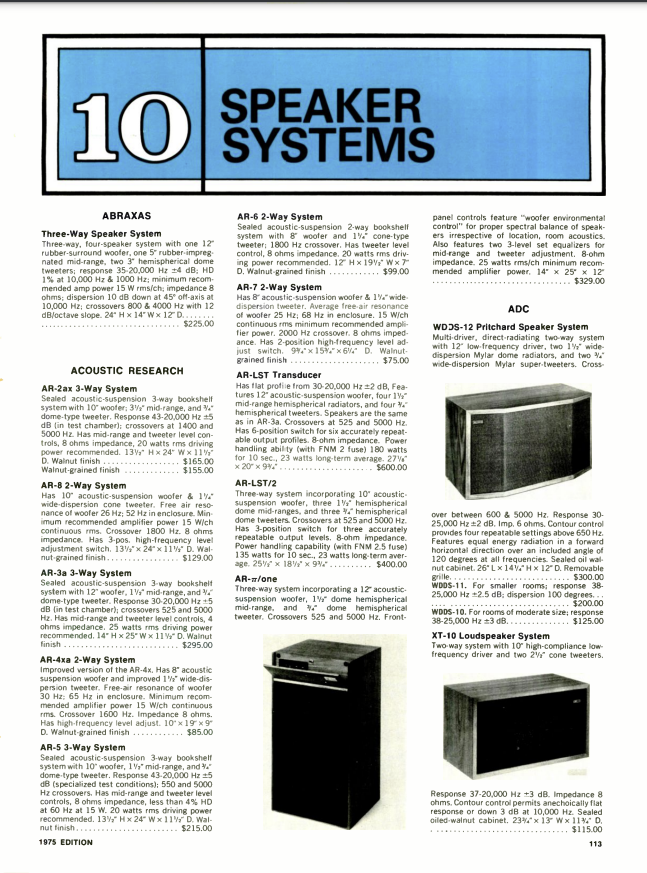
Stereo Review’s final publication was the January 1999 issue. In February 1999, the magazine underwent a transformation and rebranding, resulting in the birth of Sound & Vision Magazine. This rebranding was a response to the changing landscape of audio and video technologies. The magazine expanded its coverage to include not only audio components but also home theater equipment, televisions, projectors, and various multimedia devices. This broadened focus reflected the increasing integration of audio and video technologies in home entertainment systems.
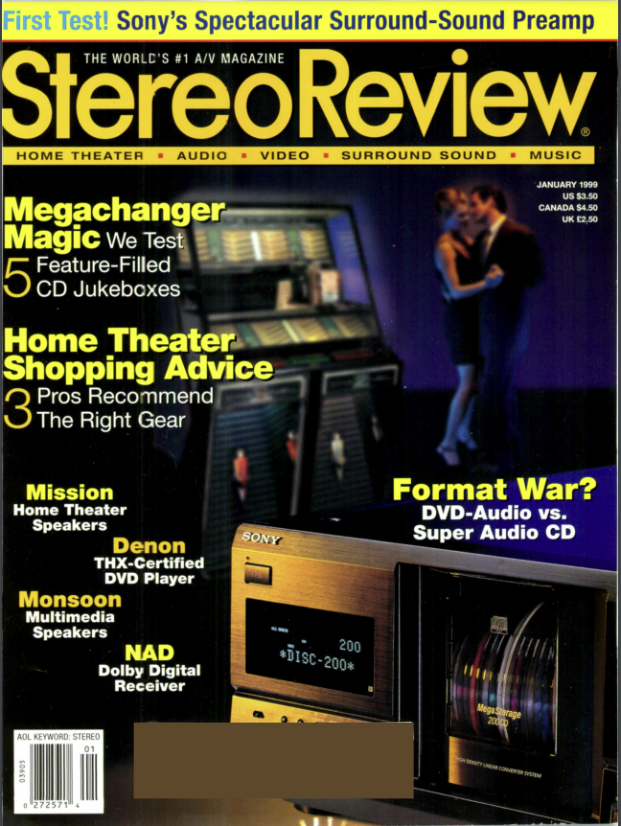
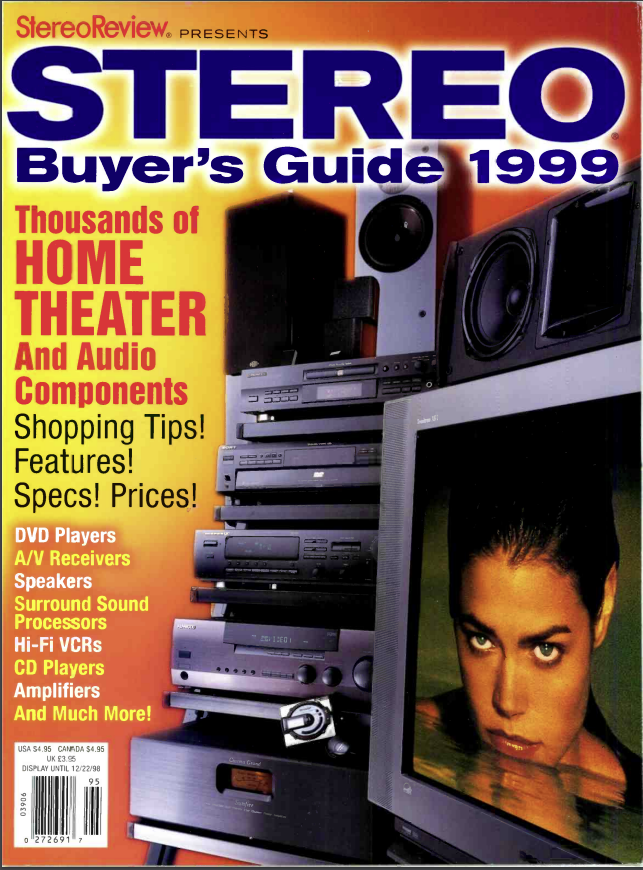
The rebranded Sound & Vision Magazine aimed to cater to readers who were interested in both exceptional audio quality and high-quality visual experiences. The magazine continued to offer comprehensive product reviews, buyer’s guides, and how-to articles, but with a greater emphasis on the synergy between audio and video elements in home entertainment setups. It addressed the growing trend of multimedia convergence and the integration of technologies like home theater systems, streaming devices, and High Definition televisions.
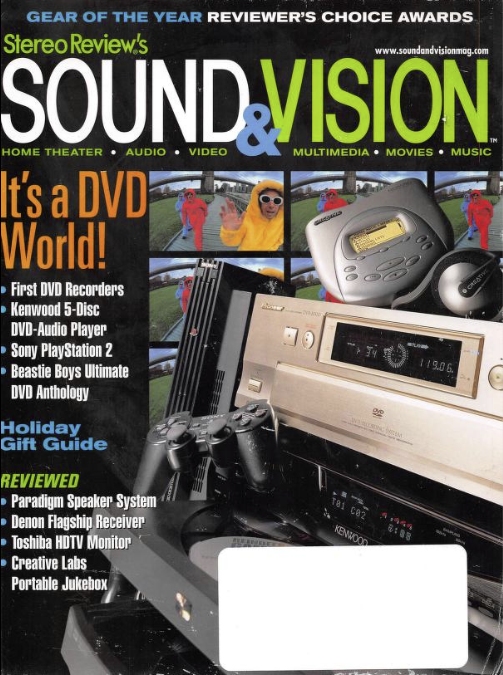
If you’re interested, please check out the “Sound and Vision” website:
Stereo Review Key Contributors
Stereo Review employed a number of key people over the years, all of them experts in the fields of technology or music. They contributed reviews of equipment, opinion pieces, music reviews, and technical columns.
Julian Hirsch was one of those key people. A trained electrical engineer and audiophile, he was one of the most influential audio reviewers in the history of “Stereo Review.” His detailed and technical reviews of audio equipment earned him a reputation as an authority in the field.
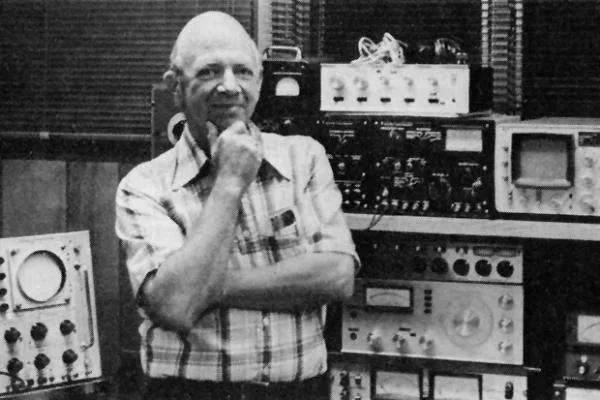
In 1960, Ziff-Davis Publishing contracted for Hirsch’s exclusive services, buying out his partner while keeping the name Hirsch-Houck Labs. Initially, Hirsch tested gear for Popular Electronics, and in October 1961 his first test report appeared in Stereo Review (then called Hi-Fi/Stereo Review). Here are some examples of the equipment test reports that appeared in the magazine over the years.

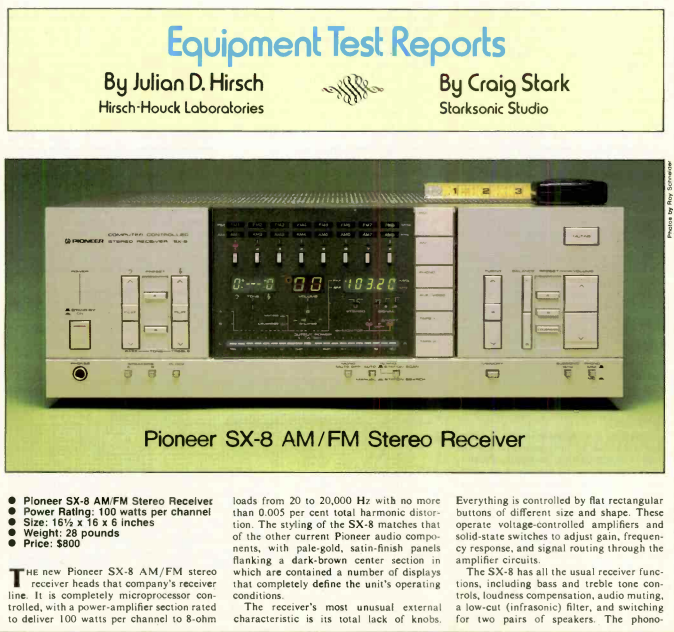

That year, he also began writing “Technical Talk,” his long-running monthly column in Stereo Review. He wrote test reports, monthly columns, and feature articles for Stereo Review until 1998, when he retired and was given the title editor-at-large at Sound & Vision. He estimated that in the course of his career he contributed 4,000 laboratory test reports to various publications, including 2,400 for Stereo Review.
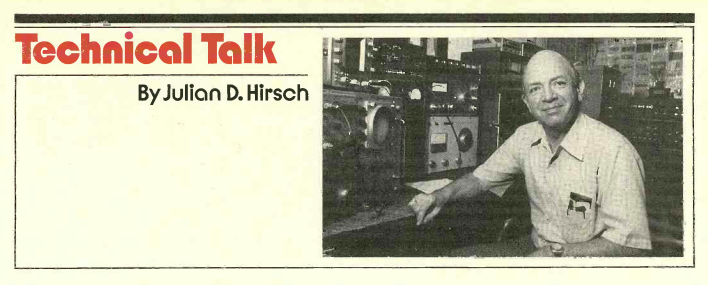
Other Stereo Review key contributors included:
- Louise Boundas, who rose from the ranks to become the magazine’s editor from the late 1980s into the 1990s
- Larry Klein, who joined the staff in 1962 as Technical Editor and wrote many columns explaining the technical aspects of Hi-Fi
- Robert Harley, who later became the editor-in-chief of “The Absolute Sound,” another well-known audio magazine
Stereo Review also included many priceless cartoons by Charles Rodrigues. These cartoons could be found in a number of magazines including Stereo Review, Playboy, National Lampoon, and High Fidelity. His cartoons captured perfectly the way that Hi-Fi enthusiasts interacted with the rest of humanity.
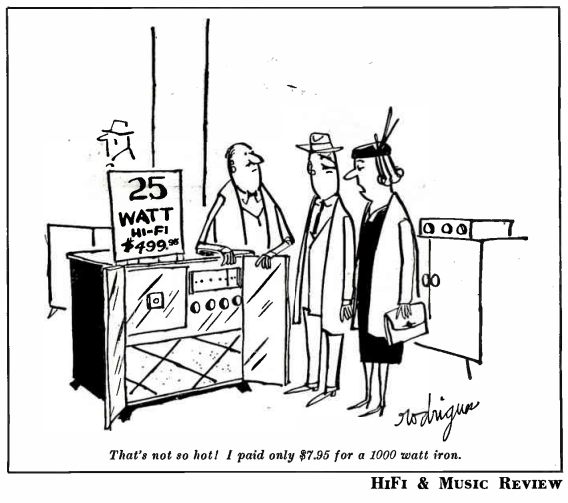
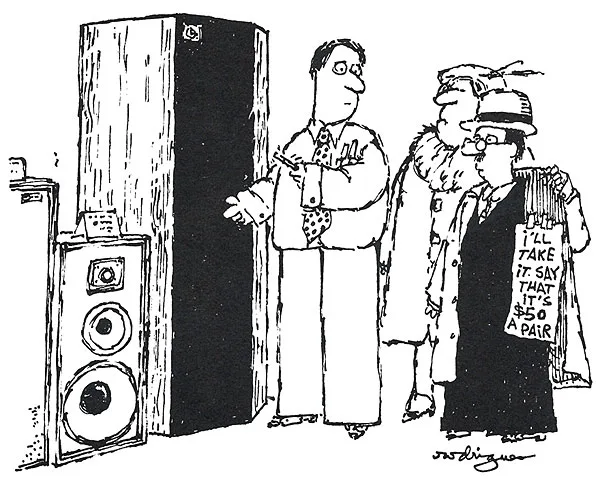
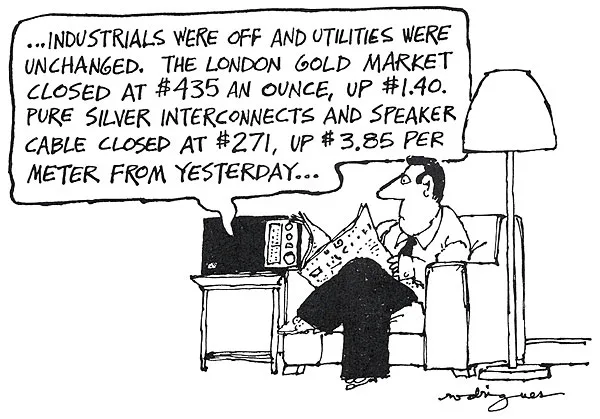
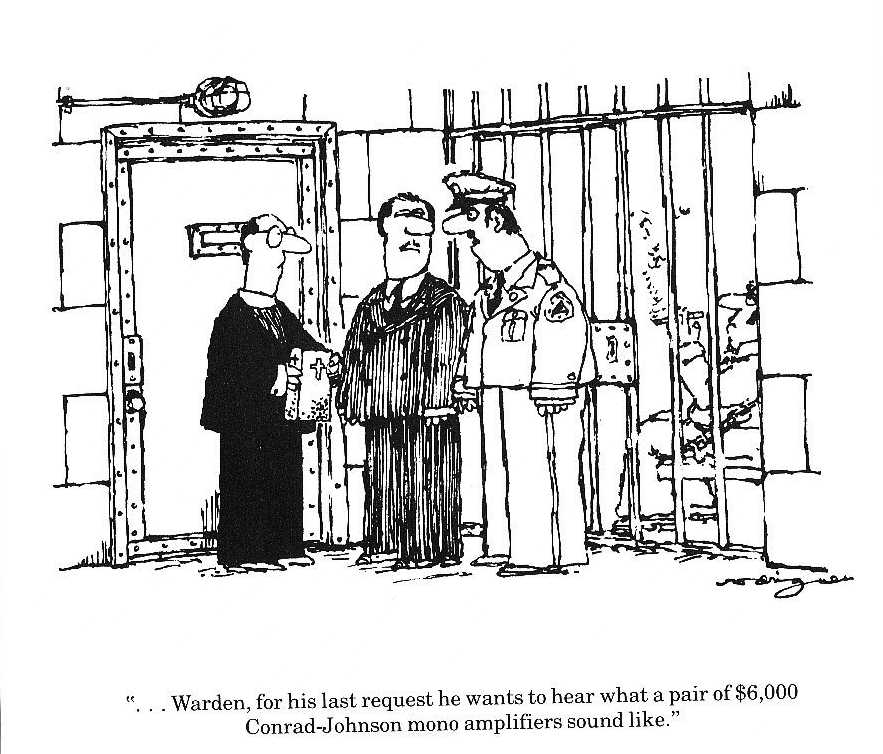
Stereo Review Impact on Hi-Fi
If there was a “Golden Age of Hi-Fi”, it likely occurred during the mid 20th century, roughly spanning the 1950s to the 1970s. This period was marked by significant advancements in Hi-Fi audio technology, along with a growing interest in high-quality sound reproduction for home entertainment.
During this era, there was a surge in the popularity of stereo systems, record players, amplifiers, speakers, and other audio equipment designed to deliver a more accurate and immersive listening experience. Manufacturers and enthusiasts were focused on achieving better sound quality, and this led to innovations in audio engineering, speaker design, and the use of new materials.
The 1960s, in particular, saw the widespread adoption of stereo sound, the introduction of high-quality vinyl records, and the rise of iconic audio brands. Music lovers and audiophiles sought out Hi-Fi systems to enjoy their favorite music in a more lifelike manner.
Stereo Review magazine likely helped to usher in this Golden Age. The magazine took a technical topic, and made it fun and easy to understand for everybody. The magazine appealed to folks with or without a technical background, to music lovers, to beginners, and to experts. They reviewed affordable products and aspirational products at the higher end of the market. To attract a mass market, the magazine generally stayed away from the very expensive end of the market, leaving that to other magazines.
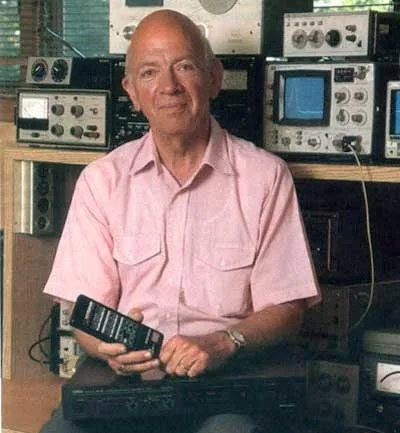
Most of their equipment reviews were positive in nature, accurately reflecting the reality that most of the equipment was well made, well priced, and sounded quite good. Occasionally, like many reputable audio and consumer electronics magazines, they did publish critical reviews of equipment when warranted. Honest and objective reviews are essential for providing accurate information to consumers and helping them make informed purchasing decisions. This balanced approach in reviewing products was crucial to maintain credibility and trust with the readers.
Stereo Review magazine had a substantial impact on Hi-Fi. It was widely read and was influential in shaping the evolution of Hi-Fi. All of the major manufacturers advertised their products in the magazine to create a demand in the marketplace for their products.
Induction to the Hi-Fi Hall of Fame
Stereo Review has played a key role in making Hi-Fi a popular and accessible hobby. From it’s inception in 1958, to it’s long run under the “Stereo Review” banner, to the current “Sound and Vision” format, the magazine has been an essential part of the Hi-Fi life. For enlightening and entertaining audiophiles for many years, Stereo Review is inducted into the Hi-Fi Hall of Fame.
